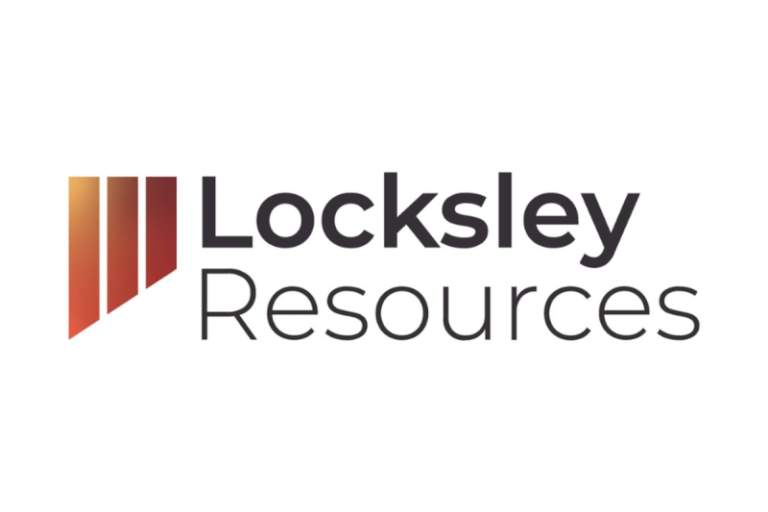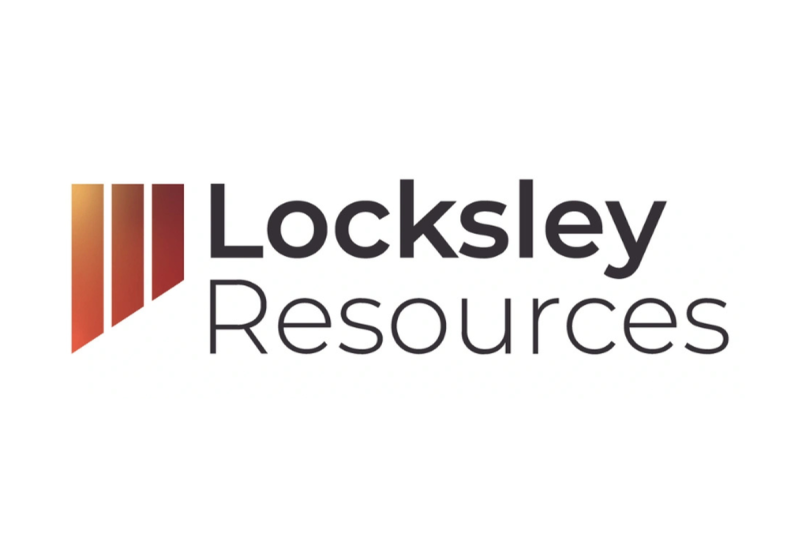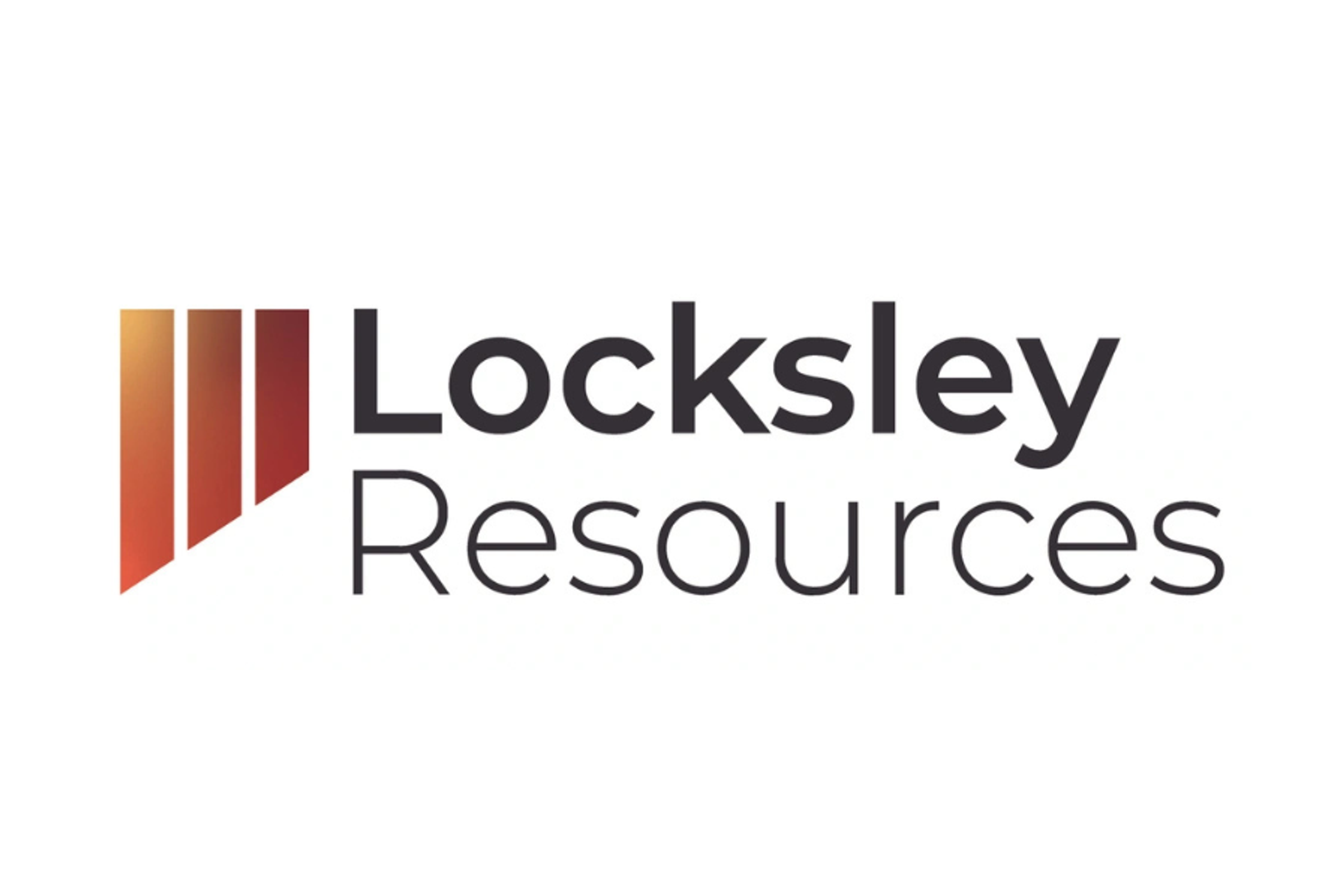

(TheNewswire)
 |
|||||||||
 |
 |
 |
 |
||||||
GRANDE PRAIRIE, ALBERTA – October 21, 2025 TheNewswire – Angkor Resources Corp. (TSXV: ANK,OTC:ANKOF) (‘ANGKOR’ OR ‘THE COMPANY’) announces management’s intent for exploratory oil and gas drilling on Block VIII, Cambodia.
Angkor’s subsidiary EnerCam Resources Co. Cambodia Ltd. (‘EnerCam’) completed approximately 350-line kilometres of 2-D seismic across Block VIII in southwest Cambodia at the end of September 2025. These seismic lines are being processed and interpreted in batches and both the South Bokor and Central Bokor sections have identified at least three significant closed anticlines, one in South Bokor and two in Central Bokor the northern one being probably larger than currently imaged due to a lack of extra seismic line data in that area of the sub-basin.
CEO Delayne Weeks comments on the findings to date, ‘Although we await results from additional seismic lines, we are confident and very motivated with the interpretations of the data to date. Angkor Resources IDENTIFIES SECOND DRILL TARGET FOR OIL & GAS ON ITS BLOCK VIII, CAMBODIA | Angkor Resources Corp. Even with only half the interpretation of the seismic lines in hand, based on those results, we confirm that EnerCam is committed to drilling multiple exploratory wells in 2026. These structures are of a quality and size that need to be tested and drilling is the only way to prove up Cambodia’s first onshore oil and gas resource.’
Dr. David Johnson, technical advisor to EnerCam, comments: ‘ Angkor’s decision to pursue drilling of both the South Bokor and Central Bokor structurally closed leads is extremely exciting and well founded. It is rare to find anticlines with four-way closures of over 48 square kilometres and 60 square kilometres respectively in a large sedimentary basin with indications of a working hydrocarbon system, and which have not yet been drilled. The anticlines present themselves clearly and are unmistakable in both the seismic line data and also in the surrounding surface geology.
The indications of a working hydrocarbon system are evident in the multiple legacy and newly discovered surface live oil seeps located within each of these sub-basins, and in adjacent basin areas. ‘
Dave Johnson continues his assessment, ‘ While seismic processing and interpretation is not yet complete, a potential thick ribbon-like top seal presents itself in multiple sections as a thick layer with clear, continuous, conformable reflectors (see Figure 3), consistent with mudstone and lower energy depositional environments.
An underlying potential reservoir-bearing section presents itself as a thick succession of semi-continuous higher amplitude reflectors with a cross-cutting habit, consistent with higher energy siliciclastic environments, or some carbonate facies development perhaps. It is currently impossible to know for sure what these seismic facies represent in terms of sealing integrity, or both reservoir presence and quality, without drilling an exploratory wellbore to sufficient depth.
It is however, possible to estimate that the rock volume of a single ‘1 metre thickness reservoir zone’ under proven 4-way closure as 48 million and 60 million cubic metres respectively. There are indications of what geophysicists refer to as Direct Hydrocarbon Indicators (DHIs), and there is the potential for there being multiple layers of reservoir strata, satisfying the first essential requirement for the presence of significant hydrocarbon accumulation in place beneath the closed sealing formation cap layer.
Work is ongoing to better understand the potential hydrocarbon system and to reduce the risks associated with reservoir quality, seal integrity and source quality. But only the drill bit will prove the true potential of these prospects.’
Management advances its activities, including sourcing a suitable oil and gas drilling rig and all the appropriate supporting equipment and ancillary services to bring into Cambodia to complete what will be the first onshore wells drilled in the nation. Concurrently, the team is also working on efforts to improve the signal to noise data over each processed line as it becomes available to develop a stronger and broader picture of the potential in Block VIII.

Click Image To View Full Size
Figure 1 Typical ‘Triple’ Drilling Rig not yet closed in for winter conditions in open Prairie setting.

Click Image To View Full Size
Figure 2:- Interpretation of our two anticlinal structures to date, South Bokor and Central Bokor (A double anticlinal dome), sitting on the west side of Bokor Mountain Park. The structures are 4-way closed anticlinal domes, and each dome shows significant geographical size beneath a regionally consistent, thick, seismically defined, sealing mudstone layer.

Click Image To View Full Size
Figure 3:- A West to East Seismic line through the South Bokor Structure displaying general seismic stratigraphy across this sub basin.
ABOUT Angkor Resources CORPORATION:
Angkor Resources Corp. is a public company, listed on the TSX-Venture Exchange, and is a leading resource optimizer in Cambodia working towards mineral and energy solutions across Canada and Cambodia. Since 2022, Angkor’s Canadian subsidiary, EnerCam Exploration Ltd., has been involved in gas/carbon capture and oil and gas production in Saskatchewan, Canada. ANGKOR’s carbon capture and gas conservation project is part of its long-term commitment to Environmental and Social projects and cleaner energy solutions across jurisdictions.
The company’s mineral subsidiary, Angkor Gold Corp. in Cambodia holds two mineral exploration licenses in Cambodia with multiple prospects in copper and gold.
Its Cambodian energy subsidiary, EnerCam Resources, was granted an onshore oil and gas license of 7300 square kilometres in the southwest quadrant of Cambodia called Block VIII. The company then removed all parks and protected areas and added 220 square kilometres, making the just over 4270 square kilometres. EnerCam is actively advancing oil and gas exploration onshore in Cambodia to meet its mission of discovering and proving Cambodia as an oil & gas producer.
CONTACT: Delayne Weeks – CEO
Email:- info@angkorresources.com Website: angkor resources.com Telephone: +1 (780) 831-8722
Please follow @AngkorResources on , , , Instagram and .
Neither TSX Venture Exchange nor its Regulation Services Provider (as that term is defined in the policies of the TSX Venture Exchange) accepts responsibility for the adequacy or accuracy of this release.
_____________________________________
Certain information set forth in this news release may contain forward-looking statements that involve substantial known and unknown risks and uncertainties. These forward-looking statements are subject to numerous risks and uncertainties, certain of which are beyond the control of the Company, including, but not limited to the potential for gold and/or other minerals at any of the Company’s properties, the prospective nature of any claims comprising the Company’s property interests, the impact of general economic conditions, industry conditions, dependence upon regulatory approvals, uncertainty of sample results, timing and results o f future exploration, and the availability of financing.
Readers are cautioned that the assumptions used in the preparation of such information, although considered reasonable at the time of preparation, may prove to be imprecise and, as such, undue reliance should not be placed on forward-looking statements.
Copyright (c) 2025 TheNewswire – All rights reserved.
News Provided by TheNewsWire via QuoteMedia


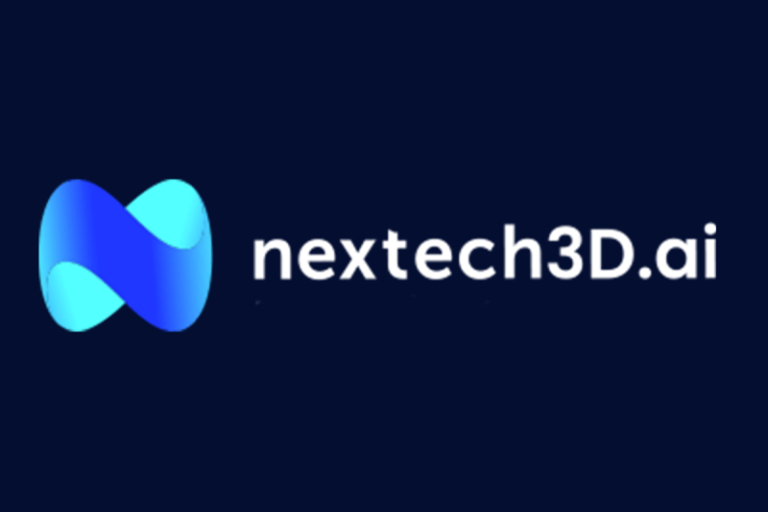
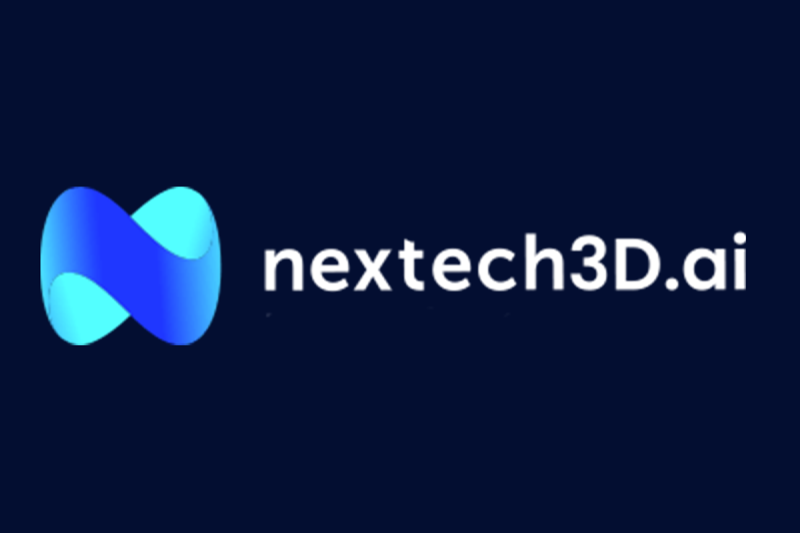
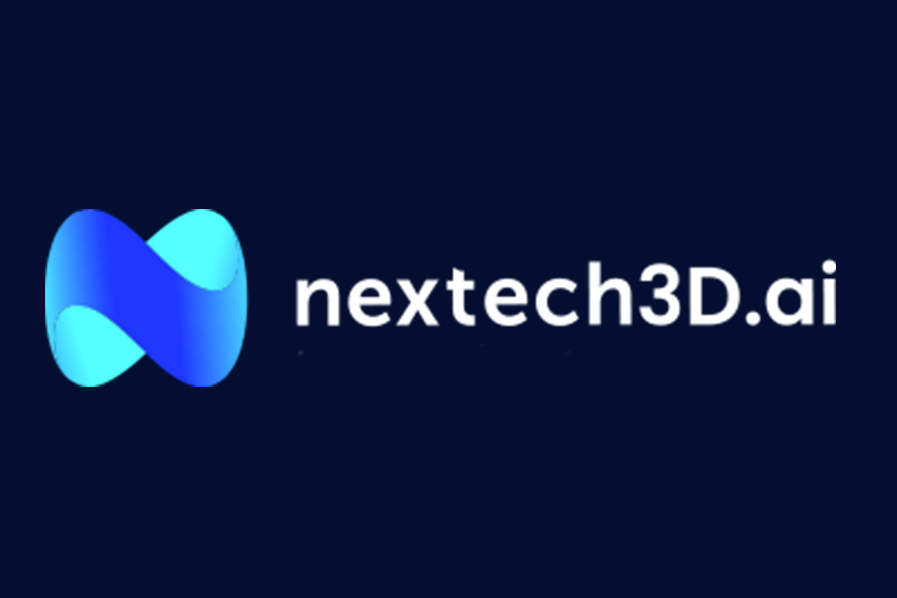











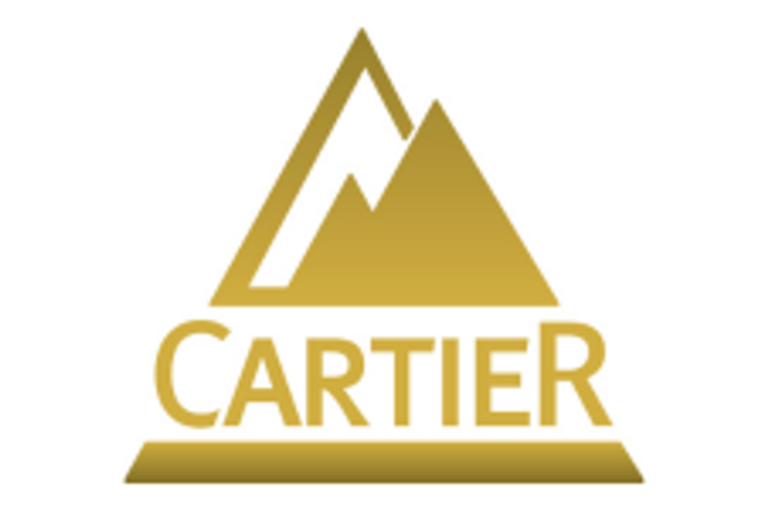
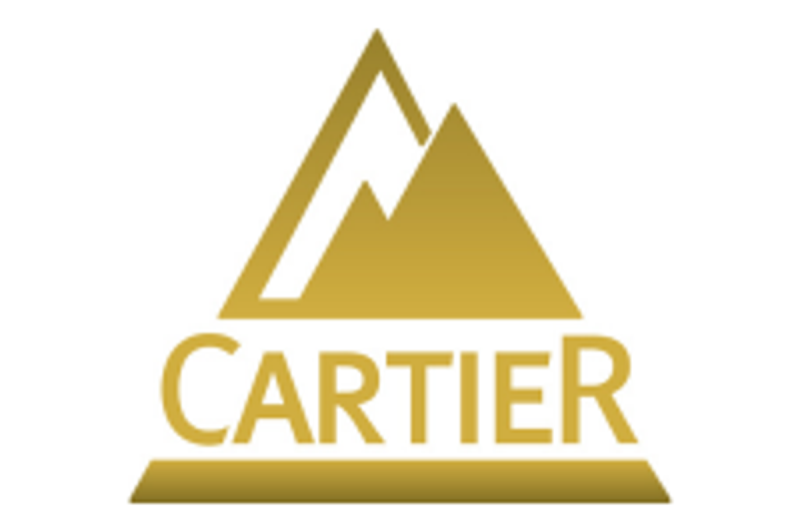
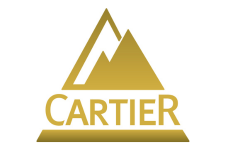


 technology, which uses high-energy X-ray excitation with gamma detection to quickly and non-destructively measure gold content.
technology, which uses high-energy X-ray excitation with gamma detection to quickly and non-destructively measure gold content. 




 in recurrent pericarditis is fully funded through to a planned New Drug Application submission with the FDA.
in recurrent pericarditis is fully funded through to a planned New Drug Application submission with the FDA.

